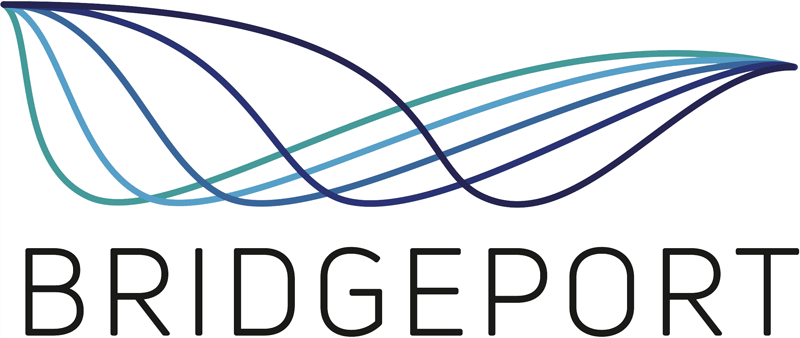Help individuals, organizations, and whole communities become the best they can be.
Bridgeport Consulting believes in democracy. Democracy works best when government and citizens are engaged in civil, productive discourse: welcoming dissent as an act of courage and commitment, and responding with uncompromising respect. To this end, we work with principled civic leaders who are mobilizing their communities to create a more just, equitable, and prosperous future.
Gathering community-based feedback by asking relevant questions in an accessible way – and then making sense of the data through a long-view policy lens – are some of Bridgeport’s most treasured competencies.
From 2014 to 2016, the City of Ann Arbor undertook the complete reconstruction of multiple streets in the Springwater neighborhood. Aging water mains required replacement throughout the area, and multiple stormwater management measures would also be constructed. Needless to say, significant disruption was anticipated.
First, Bridgeport Consulting convened a diverse, representative neighborhood steering committee to serve as a sounding board, reality check, and ambassador throughout the project. This group of volunteers met at least monthly for the duration, and their contributions were indispensable. Next, Bridgeport facilitated a large, open public meeting to introduce the project, frame the driving needs and goals, and solicit residents’ feedback and reactions.
With this initial round of engagement complete, the City’s technical engineering work could get underway in earnest. When early design alternatives emerged, Bridgeport deployed a survey of all property owners in the area to gauge their reactions to each element. Bridgeport synthesized the results into report form and then tested these findings in candid discussions with residents. The goal of these conversations, which unfolded in multiple small-group and public meeting settings – was to ensure residents fully understood the trade-offs involved in each design decision, and to build consensus around the desired path forward.
The result? A final public meeting that ended with a standing ovation, with participants voicing appreciation that the final design both faithfully reflected the residents’ preferences AND achieved the stated goals of the City.





